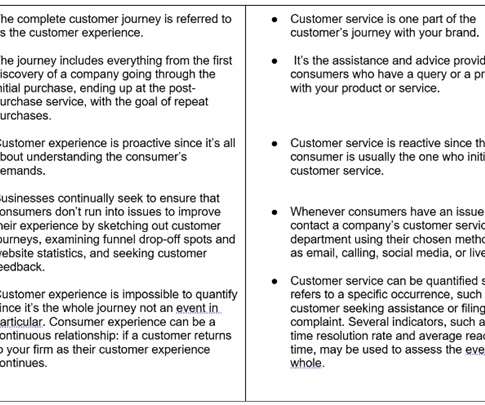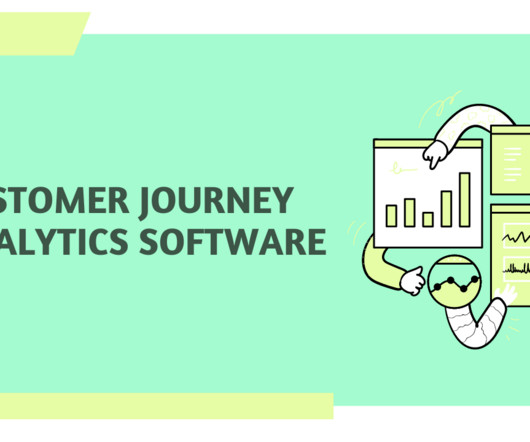What Customer-Centric Companies Must Do To Become Customer-Obsessed
Beyond Philosophy
JULY 5, 2015
In building relationships with customers, and value for them, my long-time observation is that most organizations tend to progress through several stages of performance as they are becoming truly customer-centric: a) customer awareness, b) customer sensitivity, c) customer focus, and d) customer obsession.






















Let's personalize your content